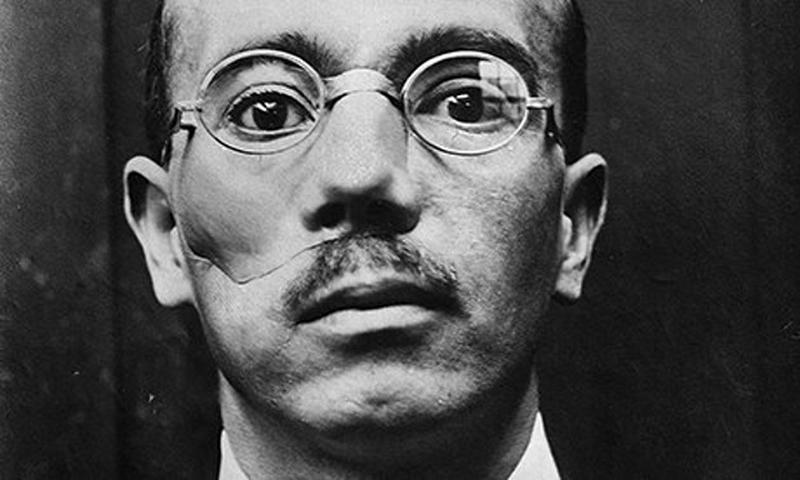The Broken Faces Of WWI
By | February 19, 2017

Over 11 million military personnel lost their lives in battle during World War I and almost double that amount were wounded. Many ex-soldiers were forced to live with a face that they didn’t recognize, while also battling the psychological traumas of war. Dr. Harold Gillies was integral in the fight to reconstruct these broken faces and his work was the pioneer for the plastic surgery industry. These are some of the stories of those brave soldiers.
Willie Vicarage
William Vicarage was only 20 years old when in 1916, he suffered cordite burns while aboard the HMS Malaya battle ship. His jaw was blown off and he received injuries to his ears and shoulders. Vicarage went into the care of Dr. Harold Gillies and he was the first recipient of facial reconstruction via plastic surgery. Dr. Gillies fashioned the “tubed pedicle” technique which used a flap of skin from the patient’s chest or forehead and swung it over the damaged area. The “flap” was stitched into a tube which utilized the original blood supply to prevent infection. At a time when there were no antibiotics, you can appreciate how difficult this was to do. Not much is known of Willie Vicarage after the surgery.
Lieutenant Norman Eric Wallace
After a horrific plane crash in France in 1917, Lieutenant Wallace suffered severe facial burns. In order to reconstruct his face, doctors used skin grafts from his buttocks to repair the scarring, and then they used skin from his neck and chin to cover them up. The tubed pedicle technique was used to lift skin from his shoulders up to his cheeks and upper lip. Despite the surgeries, Wallace still used a prosthetic face. In 1920, he married a woman he met during his hospital stay, however she died of cancer before their first wedding anniversary. Wallace stayed in the military where he was later promoted to major. He died in 1974 of lung cancer.
Lieutenant William Spreckley
During the battle of Ypres, Lieutenant Spreckley lost his entire nose. He too consulted with Dr. Harold Gillies. Inspired by an Indian idea called the “forehead flap”, Dr. Gillies removed some cartilage from Spreckley’s ribs and implanted it in his forehead. After 6 months, the growth was swung down and used to construct a new nose. This three-year process was considered one of Dr. Gillie’s most successful surgeries. Thirty years later, Spreckley’s injuries were hardly visible, however his psychological scars were never healed and he spent the rest of his life believing he was hideous.
William Kearsey
Eager to join the army, Australian William Kearsey conducted corrective surgery on his eyes. On a fateful day in October, 1917, his face was hit by a shrapnel that gashed between his eyes, the bridge of his nose and passed through his right cheek. Fortunately, Kearsey received reconstructive surgery from the renowned surgeon Harold Gillies. However, after the surgery, he broke off his engagement with his sweetheart and went on to work as a farm laborer. After spending some time in isolation, Kearsey became a professional wool-classer, married a young woman, adopted a son, and lived a content life until he died in his 70’s.



